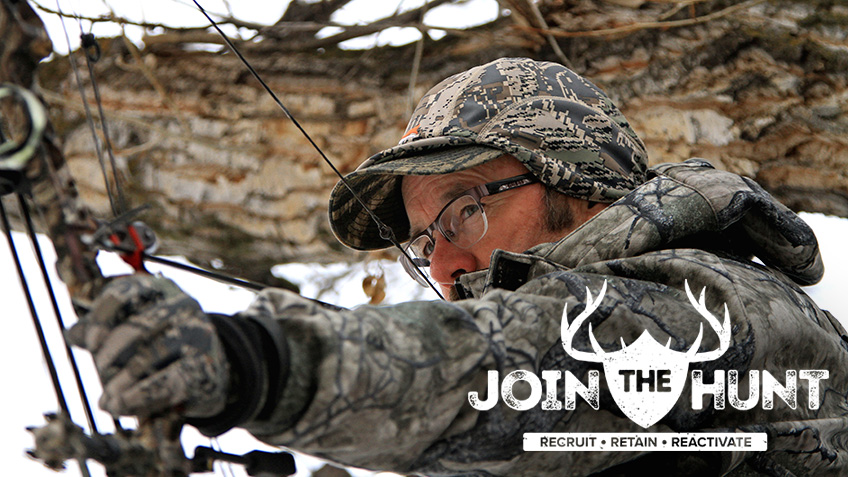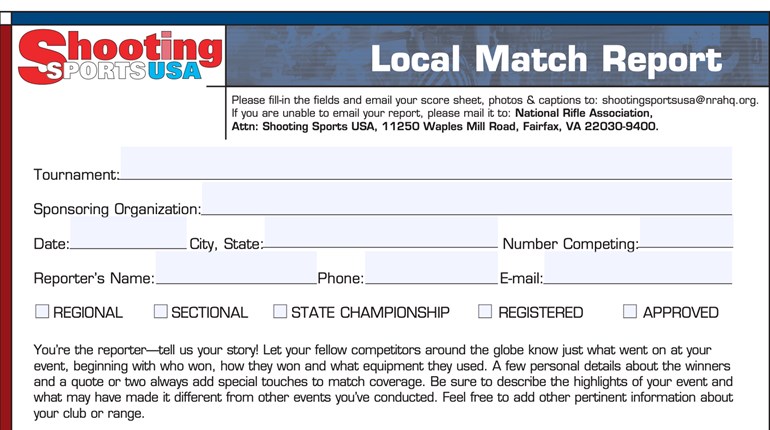
There are moments in all sports when mind and body melt together, things seem to slow down, concentration is focused and you effortlessly execute with precision. It’s called “The Zone.” Then, there are those other times: “When the buck stepped out of the thicket, I just came unglued. My hands were shaking. When I finally shot, it was 2 feet over his back.”
If you want to hunt and find yourself unable to manage your excitement and execute your shooting successfully, you’ve got “buck fever.”
After good physical conditioning, 90 percent of success in most sports is mental. I started learning sports psychology as a place-kicker playing football and rugby in college. Later, I got a Ph.D. in psychology and began training in martial arts. At the University of Oregon, I taught psychology and was an adjunct to the counseling center, working with athletes, including Olympians, in many sports. Later, I ran a holistic health center and worked with many serious athletes. This article is a synthesis of what I’ve learned about sports performance psychology.
Basically, “buck fever” is a form of performance anxiety. It differs from “target panic” in that you’re shooting at a living animal. The emotional issues associated with killing an animal can influence some people’s shooting. That’s one reason why some tournament shooters can’t hit the broad side of a barn in the field.
You should feel comfortable with your equipment. Can you easily draw and hold a bow long enough to be consistently accurate? Can you hit targets consistently at a reasonable distance with your gun? Is your gun sighted in properly? Having the right equipment strengthens your confidence.
Practice helps build confidence, but repetition alone isn’t enough. Perfection is rooted in mastering mental and physical skills. Each time before you begin shooting, sit down and recall a time when you shot your best. Then carry that feeling of confidence into your shooting. How you shoot is more important than how much you shoot.
To develop a positive mind-set, before you take a shot, consider the following:
• Check the regs. Do you have the proper license and is the game in season?
• Always be aware of the ultimate trajectory of your line of fire, whether from a rifle, a shotgun or a bow. If you can’t be sure the shot won’t endanger anyone, don’t take it.
• Can you retrieve the animal after it’s shot?
Know the maximum distance you can shoot accurately. With modern equipment, a skilled archer can hit targets at 60-70 yards, but research finds the average archery deer is killed at 18 yards—much more exciting to get close and know you can hit the kill zone! With a scoped rifle, you can kill game at a much longer range. Practice to find the maximum distance where you feel confident to consistently hit the bullseye.
Plan ahead what you’ll do if you’re successful. Will you need help to get the game out of the woods? Will you clean and butcher the game on site or do you need to hire someone?
The key to consistent peak performance isn’t so much willfully bearing down, but more attaining a focused mental state of mind-body coordination where intention and execution originate from a conscious decision that seems to happen naturally. Before getting to actually concentrating, though, the basics must be covered.
Sit down, close your eyes and imagine yourself hunting and game comes into range. Now stop your action and see how you feel about taking that shot. What’s your motivation to hunt? Is it for fun, enjoying nature, food or all of these? Less than 4 percent of Americans eat no meat and less than .5 percent are vegans. By taking some responsibility for harvesting some of your food, you’re participating in the food chain. That makes you feel closer to nature, which is good for mental and physical health.
Many hunters express thanksgiving for animals they’ve shot. Some sprinkle some corn meal beside the animal and say a prayer. Others recite phrases from the Bible, or make up their own prayers. Before shooting, my father taught me to silently say, “God, if I take this shot, let it be a clean kill or a clean miss.”
Excitement is good. Fear of excitement is not. Reacting fearfully to excitement reduces accuracy. The following techniques help strengthen concentration:
1. There are two basic eyesight skills. One is “soft eyes.” Learn to let go of the need to focus on detail all the time. Instead, become aware of your full range of vision, and look for anomalies and patterns. Then when you see the game, quickly focus attention directly on the target exactly where you want to hit.
2. Think positively. Try an experiment. Hold your supporting arm straight out in front of you and make it strong, like you’re holding up a weight. Ask a friend to push down on your arm to determine your strength. Now hold out your arm but think of it as a wet noodle. Have him test your strength now. A weak mental image caused by fear will increase anxiety that weakens you, reduce self-confidence and make it more difficult to shoot accurately.
Now pick a point on a wall. Extend your supporting arm and point it at the target. Then hold your trigger finger hand next to your chin and imagine a beam of light is flowing from your trigger finger through the supporting arm to hit the bullseye. When aiming, always pick a spot on your target and imagine the trajectory of your shot. Actor Bob Stack, who was a national champion skeet shooter, told me his aiming imagery for shooting skeet or flying birds was to imagine a stream of water as from a hose coming out of his shotgun barrel to know how much to lead.
3. Choose words to increase focus. When you’re visualizing the beam of light think of a word like “bullseye.” That positive word blocks mental chatter that decreases your ability to be focused.
4. Control breathing. Inhale slowly as you begin drawing an arrow or bringing a gun to your shoulder. Hold your breath when you’re sighting on the target. When it feels right, take your shot and exhale.
5. Enlist a helpful witness. Most of us carry imaginary witnesses with us. A good witness is a wise coach who helps you to improve your performance or a critic who can work against your success. Imagine someone you respect as a coach standing behind you.
“The Zone” is a state of mind where time seems to slow and physical performance seems effortless—a state of excitement and focused relaxation. If you get “buck fever” know that you’re halfway there, because adrenaline rush is the raw material from which perfect shots are made. Applying these techniques brings that excitement under control; your senses come alive, scenes take on freshness and nature becomes more enjoyable as you execute the shot. This is what “hunter’s high” is all about.



































